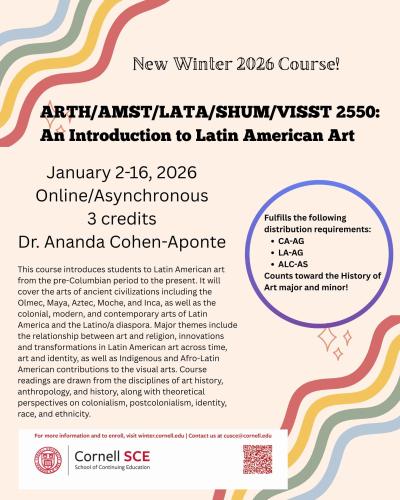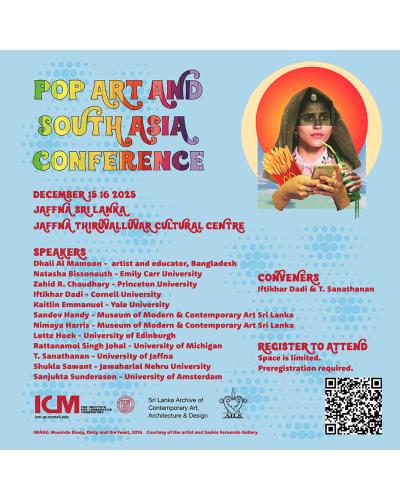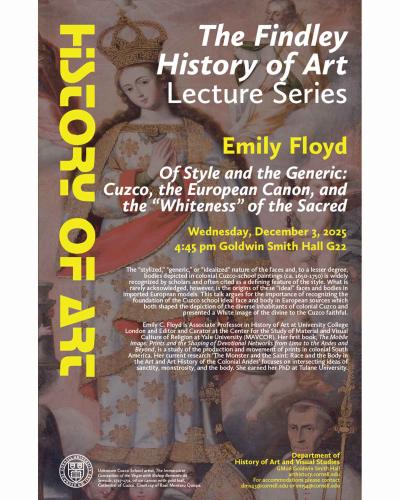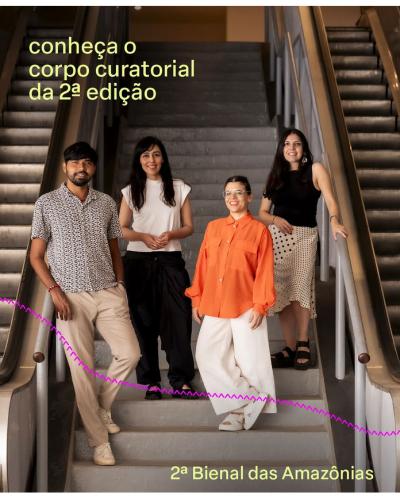Performing Angkor: Dance, Silk, and Stone:
Cornell in Cambodia January 1–18, 2019
Kaja McGowan, Associate Professor of Art History and Archaeology, & Hannah Phan, Senior lecturer of Khmer
Cornell University’s ongoing collaboration with the Center for Khmer Studies (CKS) continues to flourish and bear fruit much like the gestural progression seen on this lacquerware plaque from Artisans Angkor. Hand gestures in Khmer classical dance are called kbach. In combination with the feet, kbach can convey anything from tendrils extending infinitely through time and space to the mysteries of flight. As the force that evolves the form, kbach is pervasive in Cambodian culture, transferring from a dancer’s flickering fingers to the foliate patterns on her silk embroidered waistband. It extends as well to traditional architectural elements in wood and stone and to linguistic embellishments.
As a generative form, kbach is well suited to the new iteration of Performing Angkor: Dance, Silk, and Stone, the two-week Cornell in Cambodia course offered for the second time to nine undergraduates in collaboration with CKS in 2019. Last winter, a two-week intensive experience abroad was tucked sequentially between a one-credit “jumpstart” language course taught by Cornell’s senior Khmer language instructor Hannah Phan in the Fall, followed in the Spring by a two-credit course taught by Professor Kaja McGowan that included seven weeks of course meetings to accommodate the required number of contact hours, while giving students the extended time to explore, digest, and reflect on their experiences in-country. Among the many assignments in Performing Angkor, students visited sacred sites; attended weaving workshops; observed dance classes and performances; and visited Cambodia’s National Museum, the Royal Palace, and the Tuol Sleng Museum of Genocidal Crimes. The course addresses in a variety of ways the densely textured interplay between memory and place.
In Siem Reap, students were introduced to Angkor Thom/ Bayon, Banteay Srei, Ta Prom, Banteay Samre, and Kbal Spean, where the class of nine undergraduates enjoyed the cooling effects of a sacred waterfall. Thanks to the exceptional organizational skills of CKS administrative officer, Tith Sreypich, students were able to learn firsthand from Cambodian deputy director of the Department of Conservation of the Monuments Outside Angkor Park, and Apsara National Authority, Ea Darith, archaeologist, professor, and photographer, providing an engaging lecture at Angkor Wat. Students were also introduced to Artisans Angkor workshops for stone, wood carving, lacquerware, and weaving. Throughout the course, lectures and writing prompts were introduced by McGowan, combined with a guest appearance by Professor of Government (and CKS board member) Andrew Mertha. A highlight of our time in Phnom Penh was our visit to Koh Dach, an island famous for silk weaving in the Mekong river, where Hannah Phan read from a draft of her illustrated children’s book, Sokha Dreams of Dolphins, performed on the very banks of the river that inspired her story.
As we took the ferry back to the city, we could see along the banks the braided bamboo fishing baskets called chhneang and the bell-shaped fish traps known locally as ang rut. We were to reconnect with these culturally gendered woven forms later that evening during a lively performance of a popular Khmer folk dance called Robam Nesat (Khmer Fishing Dance) by dancers from Cambodian Living Arts. After the performance, students and faculty reenacted the romantic conclusion of the fishing dance on face boards provided at the event (7). Like silver fish caught in bell-shaped scoops and baskets, here are some students’ recollections of their experiences, cast in alphabetical order:
Alina Amador-Loyola: When you are restricted to a classroom learning about something that is far off, knowledge remains one-dimensional. However, when I was in Cambodia actually witnessing how textiles had woven their way into material culture, how nature had influenced traditional dance, and how religion had manifested itself on the stonework of Angkor Wat, I was not only learning the material, I was living it.
Carolyn Bell: The Cornell in Cambodia program introduced me to pidan textiles, which have become a new research interest of mine. I will be visiting the Fukuoka Art Museum in Japan over the summer in order to examine this museum’s collection of antique Khmer pidan textiles. Perhaps I never would have known of the existence of pidan if not for our visit to the National Museum of Cambodia, during which I first saw a pidan textile on display. From Sreypich, program officer and Cornell winter study abroad facilitator at the Center for Khmer Studies (CKS) in Cambodia, to Mr. Pheng, program facilitator, everyone involved brightened my day with their kindness, humor, and good spirits. The program allowed one the freedom to explore by oneself, and also the experience of traveling together with experts such as Professors McGowan, Darith, and Phan. Most memorable for me was our dance lesson at Cambodian Living Arts in Phnom Penh, when dancers from the program showed us various gestures from classical dance, and they also taught us the “coconut” dance, which I am sure everyone in our program would agree was very fun to perform! All in all, I will look fondly back on my memories from Cambodia, and in my research I hope to incorporate not only what I learned about textiles and the weaving industry, but also what I learned about classical Khmer dance, the murals of the Angkor temples, and the daily lives of the Khmer people whom we had the pleasure to meet.
Stephanie Bell: My Cornell in Cambodia experience felt like it fit seamlessly into my other major areas of study despite being an art history class. As a history and Asian Studies major with a focus on Japan and China, a trip to Cambodia felt a bit out of my usual area of focus. However, both during the trip and in the seven-week course afterward, I was able to draw connections between Cambodia and Japan to pull together a research project that fit perfectly with other research I am already doing. I know others on the trip felt the same freedom to draw connections, as the research presentations contained topics related to medicine, human rights, NGOs, and urban planning as well. The Center for Khmer Studies encouraged all of us to apply to come back during the summer for longer research periods, and I know several of us began to view the Cornell in Cambodia experience as a gateway to future learning in Cambodia.
Luke Bowden: Cornell in Cambodia reinvented my way of thinking through an experience unique to the program. Rather than traveling to a single city or region, studying in a predetermined field, Cornell in Cambodia allowed students to interact with multiple locations and in multiple disciplines, including art history, law, urban planning, biology, traditional medicine, and international aid. Each of these topics and each of the Cambodian people we met through our guides from the Center for Khmer Studies created new research interests that I am excited to continue exploring.
Jael Ferguson: I was drawn to the Cornell in Cambodia program because of my interest in international planning, development, and language. When reflecting on my experiences in the Cornell in Cambodia program, the words that come to mind are friendship, growth, and happiness. Genuine life-changing friendships were formed with the group, along with CKS, Apsara Authority, EGBOK (Everything’s Gonna Be OK), and the people I met during my time there.
Monique Oparaji: Transferring into the Biology and Society major during my sophomore year, I felt like I never had the time to explore different fields of study. One reason why I love the Cornell in Cambodia program is because it allows students, who may not have taken an art history class and don’t have time during the semester to take one, not only to become exposed to the knowledge, but also to learn about it in the actual country.
Tiffany Ross: Bayon Temple was by far my most favorite place visited in Cambodia. Being in its presence had an overwhelming, spiritual effect, which likely had to do with the fact that it is still intertwined with the nature/greenery of the environment. Additionally, the messages conveyed by the reliefs on the walls of the temple were humorous and relatable, which was refreshing, since sometimes the “past” (as it is depicted in art) seems quite distant—but these reliefs, which featured scenes from everyday Khmer life, allowed the viewer to recognize the similarities between the past and the present, in terms of our humanity and universal emotions that stretch across time and space.
Willa Tsao: To Mr. Pheng, your knowledge of medicine and local botany is truly amazing. Thank you so much for teaching us about various plants and remedies and making sure that everything went smoothly.
Alexis C. Vinzons: With Professor McGowan’s art history background and visual eye, Professor Darith’s expertise in Angkorian history and modern day preservation, and Ms. Phan’s language knowledge and personal experiences living in Cambodia, it was a privilege to travel with and be lectured by such great minds. This program and the professors and lecturers who led it encouraged a curiosity and open-mindedness that I will apply to every field of inquiry I pursue.
(Students would like to thank SEAP and the Department of Asian Studies for providing extra funding to those in need.
Also, thanks to Chan Vitharin for Kbach: A Study of Khmer Ornament (Phnom Penh, Cambodia: Reyum Publishing, 2005).
Cambodia Flyer can be viewed here. This article is text from the pdf and is the accessible version of the document.





